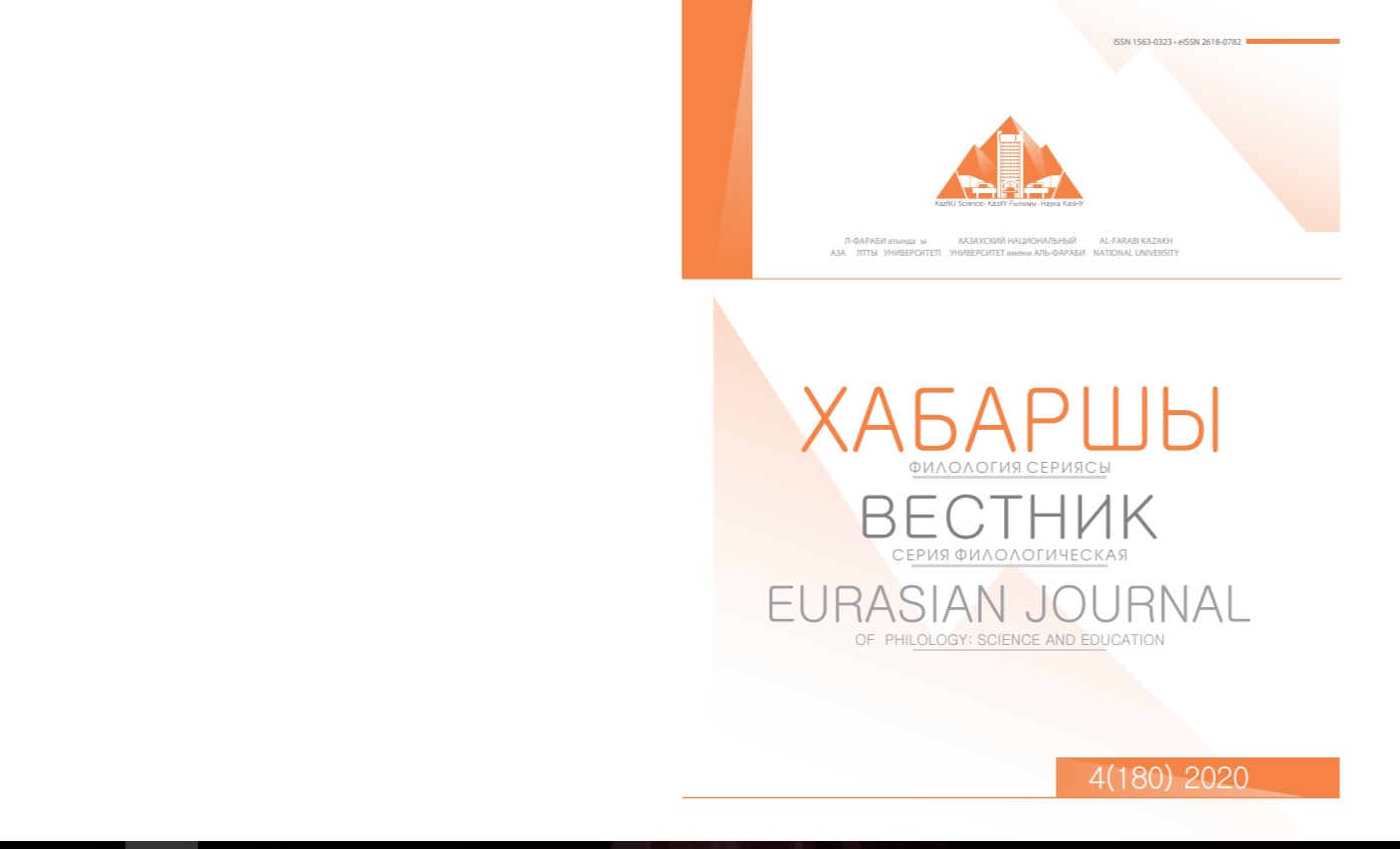Artistic and aesthetical transformation of the Uyghur literature of Kazakhstan in the period of Independence
DOI:
https://doi.org/10.26577/EJPh.2020.v180.i4.ph23Abstract
The modern Uyghur literature of Kazakhstan during the period of Independence evolves in the context of two interconnected and interdependent literary forms of its artistic and aesthetic transformation, in which the historical and cultural experience of the people themselves, their customs, folklore and written traditions are clearly manifested. Along with this, also it is influenced by the processes of interweaving, mutual influence with different national verbal cultures of Kazakhstan and the rest of the world as well. It enters a completely different stage of the artistic and cultural transformation, which taking place in a multi-vector Kazakhstan society. Uighur writers comprehend the new sociopolitical reality, as a different, modernizing artistic and aesthetic reality, which significantly distinguishes it from the previous Uyghur Soviet literature. On the one hand, they participate in the new literary polyphony of Kazakhstan (translations, mutual translations and literary contacts). This leads to the formation of a special binary verbal national culture, leading, in general, to a multicultural literary tradition: in particular: Kazakh-Uyghur, Turkish-Uyghur, Russian-Uyghur, etc. On the other hand, modern literature is objectively moving towards to a variety of cognition methods of aesthetic reality. New literary trends, new methods of depicting reality, etc. appear.






